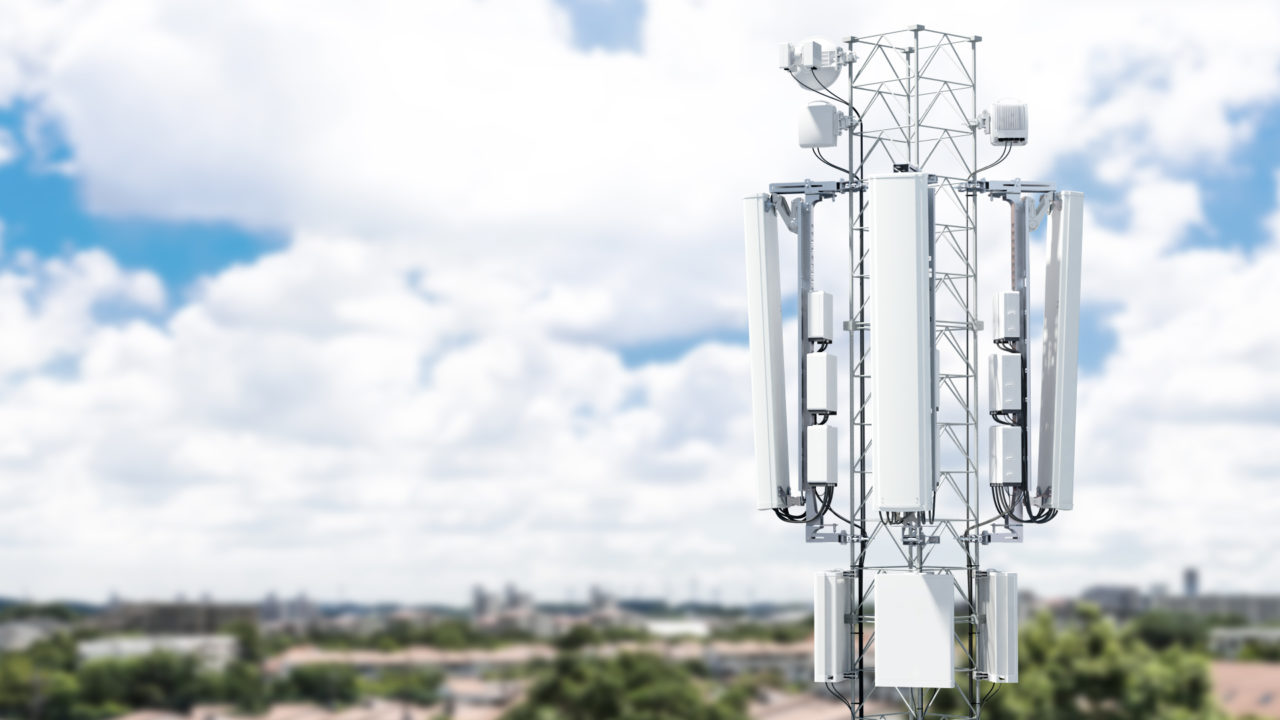5g cell towers are new type of antenna that's being used by wireless companies to offer internet-based services. They're more capable than 4g towers, and can be more dense.
A lot of cities are concerned that these towers could harm their residents. The concerns are related to health, privacy and aesthetic concerns.
They're bigger
With 5G, the frequency of radio waves is greater than 4G- which means that it requires more towers to transmit information. This can increase the amount of radiation that can be released to our surroundings.
This is a big concern for HOA communities and business owners, real estate investors, as well as those concerned about adverse health effects. They worry that adding more 5g towers will lower property values and negatively impact public health.

The only way to fix this issue is to alter how we communicate - through WiFi instead of conventional cellular networks. This isn't going to be a quick process but it will eventually happen.
But how will that be done? How can we improve the security of our cell towers? The answer lies in the technology of a cell tower , which is known as small cells.
They're More Expensive
If you live in a city, you've probably noticed large towers of cellular equipment that are atop towers and other structures. These are 4G cell towers and are used to offer wireless network service to surrounding regions.
They're usually between 50 and 200 feet high, and they're designed to blend in with the surrounding environment, reducing their visual impact. In comparison to 4G, 5G technology needs much denser tower coverage to offer wide-area coverage.
Those dense cell sites can make it difficult for them to keep as they require being constantly in operation and offering fast speeds. This means they're more expensive than other kinds of towers.
But if you're a tower owner or the operator of a mobile phone network, it's logical to upgrade your current towers to 5G, in anticipation of new technologies coming to market. Incorporating these latest technologies into existing sites will help to improve the functionality of the site, which will ultimately result in more profits for you.
They're more dangerous

What is it that makes 5g towers bad?
cell phone radiation of the most significant problems with 5g towers is that these emit more radiofrequency radiation than other kinds of towers. They have to be placed in a more dense manner across an area to guarantee coverage.
The radio frequency waves generated by cell phone towers do not possess enough power to cause damage to DNA directly, or even heat tissues in the body, but they are able to destroy chemical bonds within DNA, which may damage cells and cause cancer.
This makes people worried about the possibility that living close to the 5G tower could cause negative health consequences.
This is because 5g towers are more likely be placed close to schools and homes, which can emit radiofrequency waves all the time. That means that they will be closer to you than before and there is a greater chance that radiation is absorbed by your body.
They're Not Required
5G networks depend on the new segment of the spectrum used to transmit data. They are called millimeter waves. They are much smaller than traditional radio waves at just 1-10mm in length, so they have higher frequencies and are able to transmit more power.
In order to provide the super-fast speed and low latency that 5G promises, it's essential to have a huge network of cell towers. This means a lot of masts that cover cities, roads as well as business districts, colleges, and even farms.
There are alternative ways to deliver speedy internet services in heavily populated areas. One option is to create several small cell stations that are densely distributed to eliminate coverage gaps.
But a major concern is where these tiny cells will be located and how they'll affect residents. Local governments and residents are working to find ways to block the installation or stop it from occurring in their neighborhoods.
